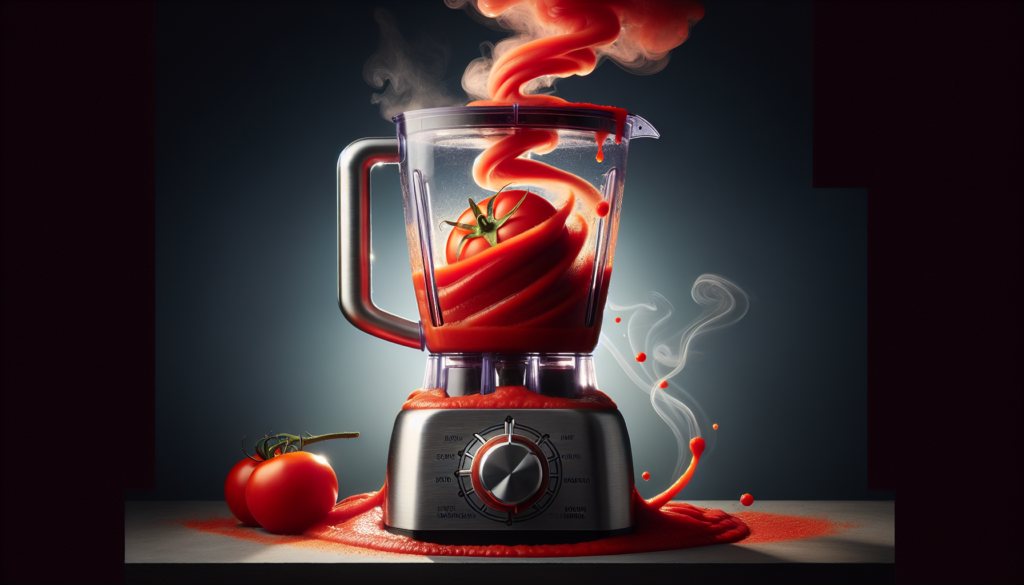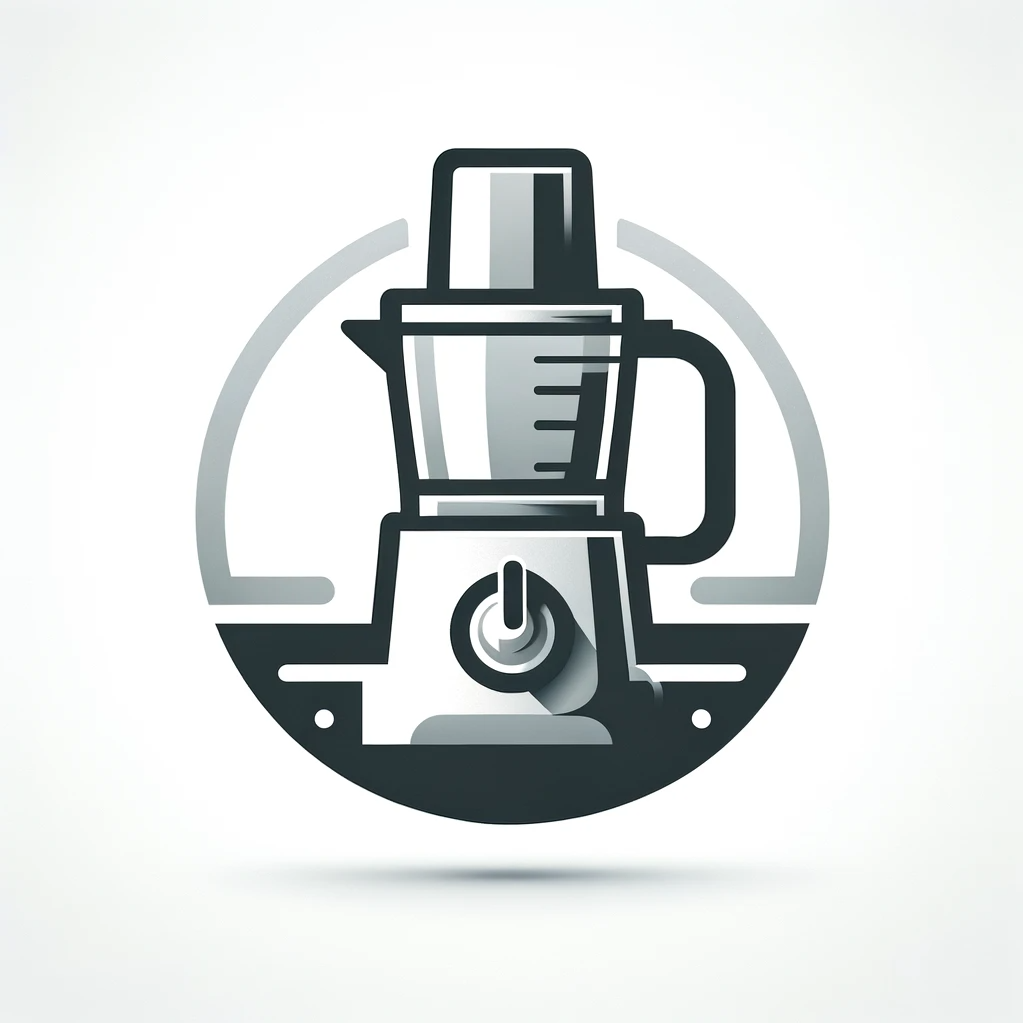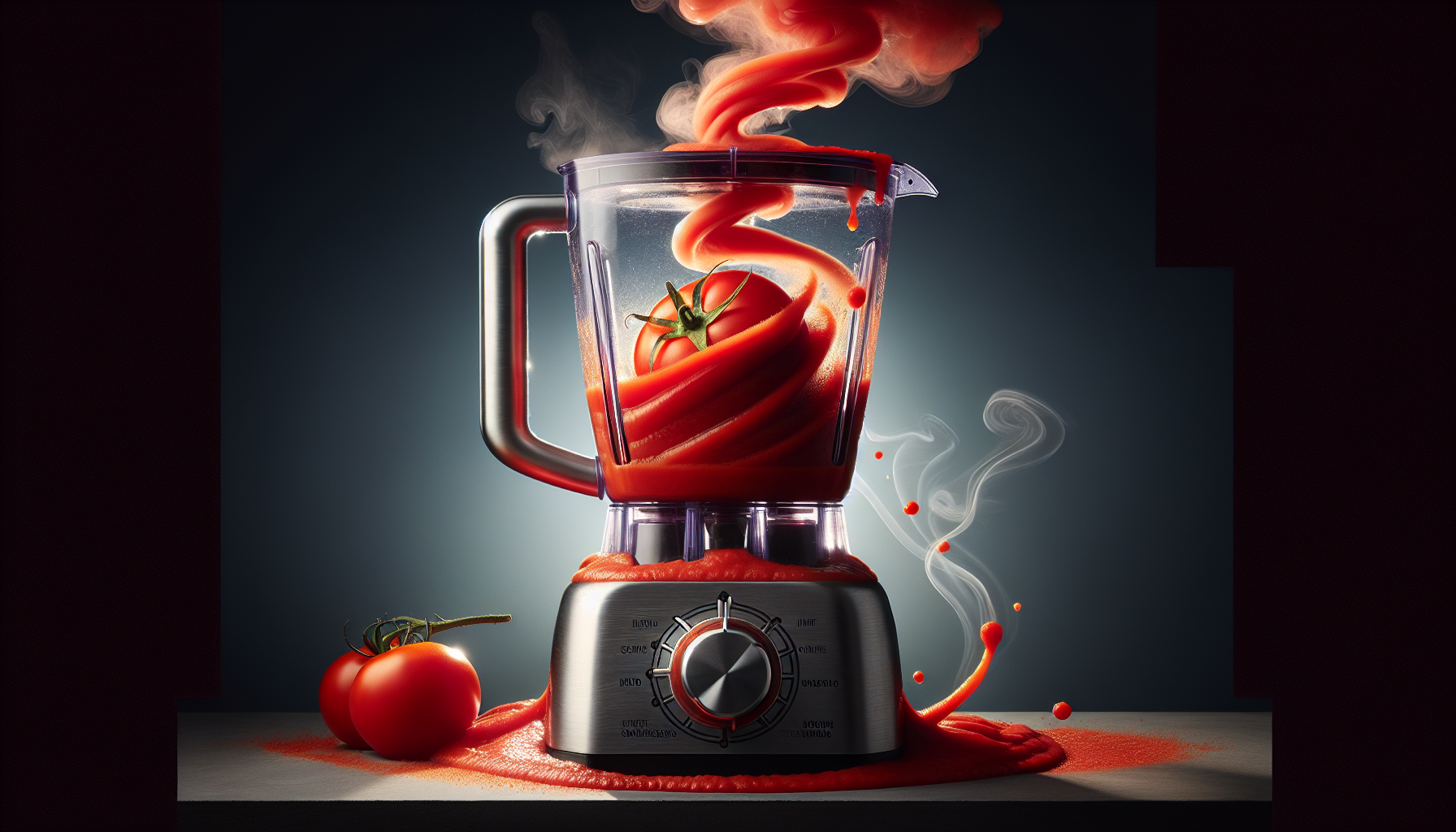Imagine preparing a piping hot soup or a steaming bowl of mashed potatoes, eager to blend the flavors together. But hold on, have you ever wondered what would happen if you put hot food in a blender? Will it be a recipe for disaster or a stroke of culinary genius? In this article, we will uncover the mysteries behind this intriguing kitchen experiment and explore the potential outcomes that await when hot food meets the powerful blades of a blender. Get ready to embark on a fascinating journey of flavors, textures, and the unexpected.
The Effects of Putting Hot Food in a Blender

CHECK OUT FOOD PROCESSORS AND VEGETABLE CHOPPERS ON AMAZON
Blender Basics
Blenders are versatile kitchen appliances that are commonly used to create smoothies, purees, soups, and sauces. They consist of a motorized base and a container with a spinning blade. While blenders are typically used for blending cold or room temperature foods, some people may wonder what happens when hot food is put into a blender.
Temperature Considerations
When blending hot food, it is important to consider the temperature limitations of your blender. Most blenders have a maximum temperature threshold, and exceeding this limit can lead to damage or malfunction. It is recommended to consult your blender’s user manual or contact the manufacturer to determine the maximum temperature tolerance.
Physical Changes in Food
Putting hot food in a blender can cause physical changes in the food. The spinning blade creates friction and generates heat, which can further elevate the temperature of the already hot food. This increased heat can cause the food to cook even more, potentially altering its texture and consistency. For example, a soup that was once smooth and creamy might become grainy or lumpy after blending.
Nutrient Degradation
Blending hot food can result in nutrient degradation. Heat exposure can cause the breakdown of certain vitamins and minerals, reducing their nutritional value. Some heat-sensitive nutrients, such as vitamin C and B vitamins, can be particularly vulnerable to degradation during the blending process. Therefore, it is important to keep in mind that blending hot food may lead to a loss of nutritional benefits compared to consuming the food in its unblended form.
Alteration of Flavor and Aroma
Blending hot food can also affect the flavor and aroma of the final product. The intense heat generated during blending can lead to the evaporation of volatile compounds responsible for the food’s aroma. As a result, the blended hot food may have a less pronounced or altered aroma. Additionally, the high temperature can impact the taste of the food, potentially making it less vibrant or more muted compared to its original form.
Potential Safety Hazards
Blending hot food comes with certain safety hazards that need to be taken into consideration. The hot food, container, and surrounding steam can create a pressurized environment inside the blender, which may cause the lid to pop off or liquids to splatter. This can result in burns or other injuries. To mitigate these risks, it is crucial to allow the hot food to cool slightly before blending and to ensure that the blender lid is securely in place.
Challenges for Blenders
Blenders are designed to handle a variety of foods, but blending hot food can pose some challenges. The high temperature can put additional strain on the blender motor and its components, potentially leading to overheating or premature wear and tear. Certain blenders may have difficulty properly blending hot foods, resulting in uneven textures or incomplete blending. Therefore, it is important to choose a blender that is specifically designed to handle higher temperatures if you frequently blend hot foods.
Tips for Blending Hot Food
If you decide to blend hot food, there are a few helpful tips to keep in mind. Firstly, allow the hot food to cool down slightly before blending to minimize the risk of steam and pressure buildup. This will also help protect the blender’s components from excessive heat. Additionally, it is advisable to blend in smaller batches and increase blending time as needed to ensure thorough blending. Finally, to prevent burns, use oven mitts or a towel when handling the blender container and be cautious of steam when removing the lid.
CHECK OUT FOOD PROCESSORS AND VEGETABLE CHOPPERS ON AMAZON
Alternative Approaches
While blending hot food in a traditional blender is possible, there are alternative approaches that can be considered. Using an immersion blender directly in the pot or container where the hot food is cooking can eliminate the need to transfer it to a separate blender. This approach can reduce the risk of splattering and heat loss during the transfer process. Another option is to invest in a high-performance blender specifically designed for blending hot food, which may offer more durability and temperature tolerance.
Conclusion
Blending hot food can have various effects, including physical changes, nutrient degradation, alteration of flavor and aroma, and potential safety hazards. It is important to be aware of your blender’s temperature limitations and take precautions to ensure safe and efficient blending. By understanding these factors and following the tips provided, you can successfully blend hot food while minimizing any negative impacts on texture, flavor, and nutrition. Consider alternative approaches, such as using an immersion blender or a specialized high-performance blender, to optimize the blending process for hot foods.

